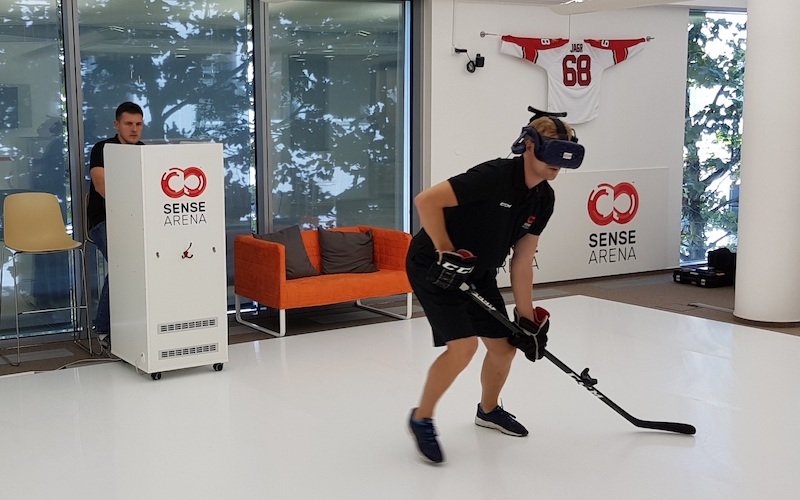Major League Sports are not just about games and championships anymore; they are evolving in ways that transform how fans experience the action, how athletes train, and how teams operate. With advancements in technology, shifts in business strategies, and a growing emphasis on player well-being, the landscape of major league sports is changing rapidly. Let’s dive into the key ways in which these sports are evolving and what it means for everyone involved.

Technological Advancements: A New Era of Innovation
Technology is playing a pivotal role in reshaping major league sports. From game analysis to fan engagement, innovations are driving the future of sports.
Enhanced Data Analytics
One of the most significant changes is the use of advanced data analytics. Teams now leverage sophisticated software to analyze player performance, game strategies, and even opponent tendencies. For instance, in the NBA, teams use player tracking systems to gather data on movement patterns and efficiency. This data helps coaches make strategic decisions and optimize player performance.
Virtual and Augmented Reality
Virtual Reality (VR) and Augmented Reality (AR) are also making waves. VR is being used for immersive training simulations, allowing athletes to practice scenarios without physical exertion. Meanwhile, AR is enhancing the fan experience by overlaying real-time stats and information during live broadcasts. These technologies are creating more engaging and interactive experiences for both players and fans.
Changing Business Models: The Economics of Sports
The business side of major league sports is undergoing significant transformations, driven by new revenue streams and evolving market dynamics.
Streaming Services and Digital Media
Streaming services are revolutionizing how fans access games. Platforms like ESPN+ and Amazon Prime Video are offering live broadcasts and exclusive content, providing fans with more flexibility and choice. This shift from traditional cable to digital streaming is expanding the reach of sports and creating new revenue opportunities for leagues and teams.
Sponsorship and Branding
Sponsorships and branding are becoming increasingly lucrative. Teams and leagues are forming partnerships with a diverse range of companies, from tech giants to fashion brands. These sponsorship deals not only bring in substantial revenue but also enhance brand visibility. For example, jersey sponsorships and in-stadium advertisements are now common, integrating brands seamlessly into the sports experience.
Player Well-Being: Focus on Health and Performance
The well-being of athletes is receiving more attention than ever before. Major leagues are implementing measures to support physical and mental health, recognizing that player performance is closely tied to overall well-being.
Advanced Sports Medicine
Sports medicine has advanced significantly, with teams employing cutting-edge treatments and recovery techniques. Technologies like cryotherapy, regenerative medicine, and biomechanics are used to prevent injuries and accelerate recovery. This focus on health helps athletes maintain peak performance and extend their careers.
Mental Health Support
Mental health is also gaining prominence. Leagues and teams are increasingly recognizing the importance of mental well-being and are providing resources such as counseling and stress management programs. The NBA, for instance, has introduced mental health initiatives to support players in managing the pressures of professional sports.
Fan Engagement: Creating a Connected Experience
The way fans interact with sports is evolving, thanks to new technologies and approaches that enhance the overall experience.
Interactive Stadium Features
Stadiums are becoming more interactive with features like mobile apps that offer instant replays, seat upgrades, and food delivery. These innovations are designed to enhance the fan experience and make attending games more enjoyable. For instance, some stadiums now include augmented reality experiences that provide fans with additional content during the game.
Social Media and Community Building
Social media has become a crucial tool for fan engagement. Teams and players use platforms like Twitter, Instagram, and TikTok to connect with fans, share behind-the-scenes content, and build communities. This direct interaction helps create a more personal connection between fans and their favorite teams or athletes.
Conclusion
Major League Sports are evolving in exciting and impactful ways. Technological advancements, changing business models, enhanced focus on player well-being, and innovative fan engagement strategies are all shaping the future of sports. These changes are not only transforming how games are played and consumed but also how fans and players experience the world of sports. As these trends continue to develop, they promise to bring even more dynamic and engaging experiences to the world of major league sports.
Embracing these evolutions will ensure that the excitement and passion for sports continue to thrive, creating new opportunities for everyone involved.




